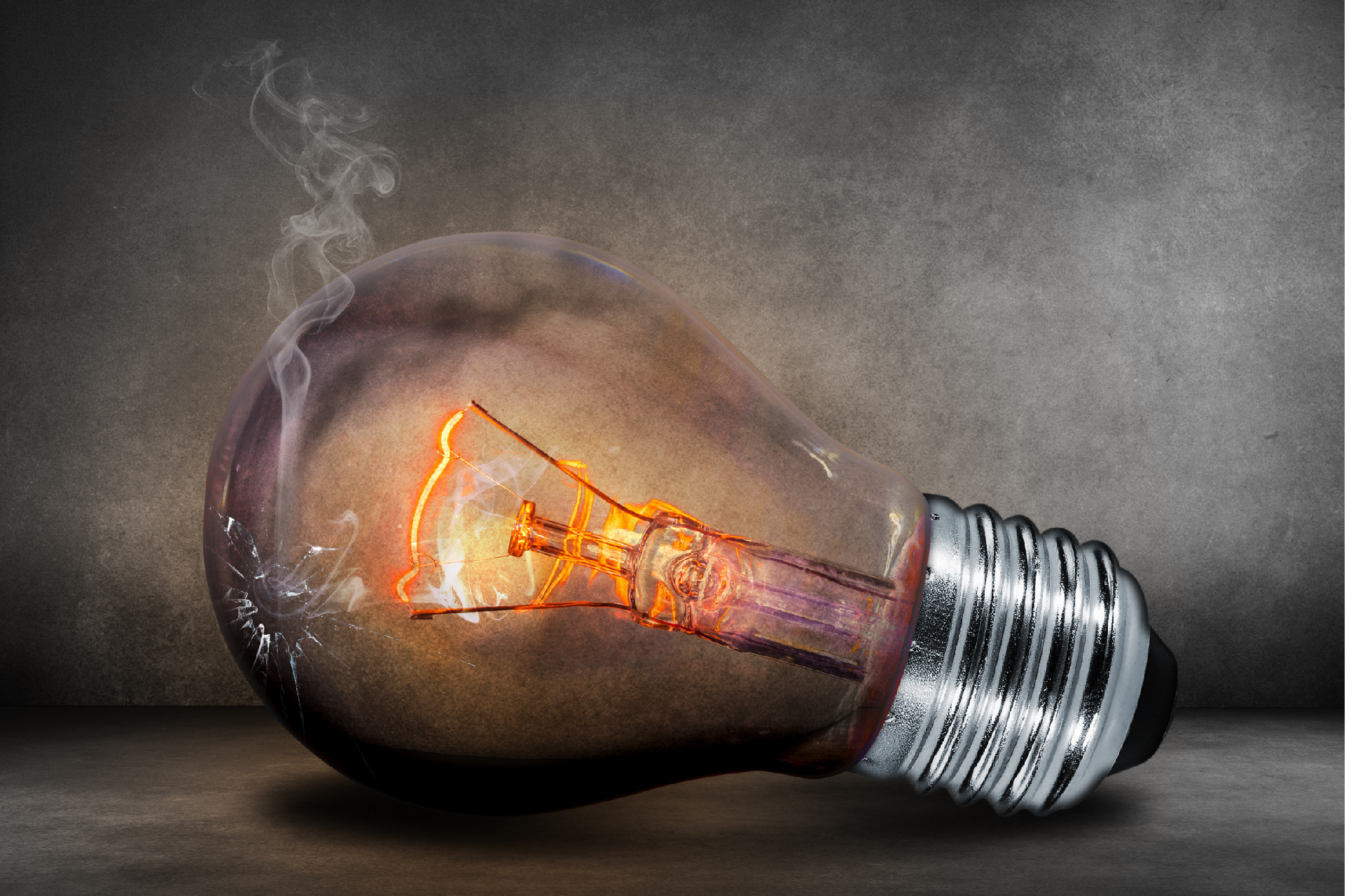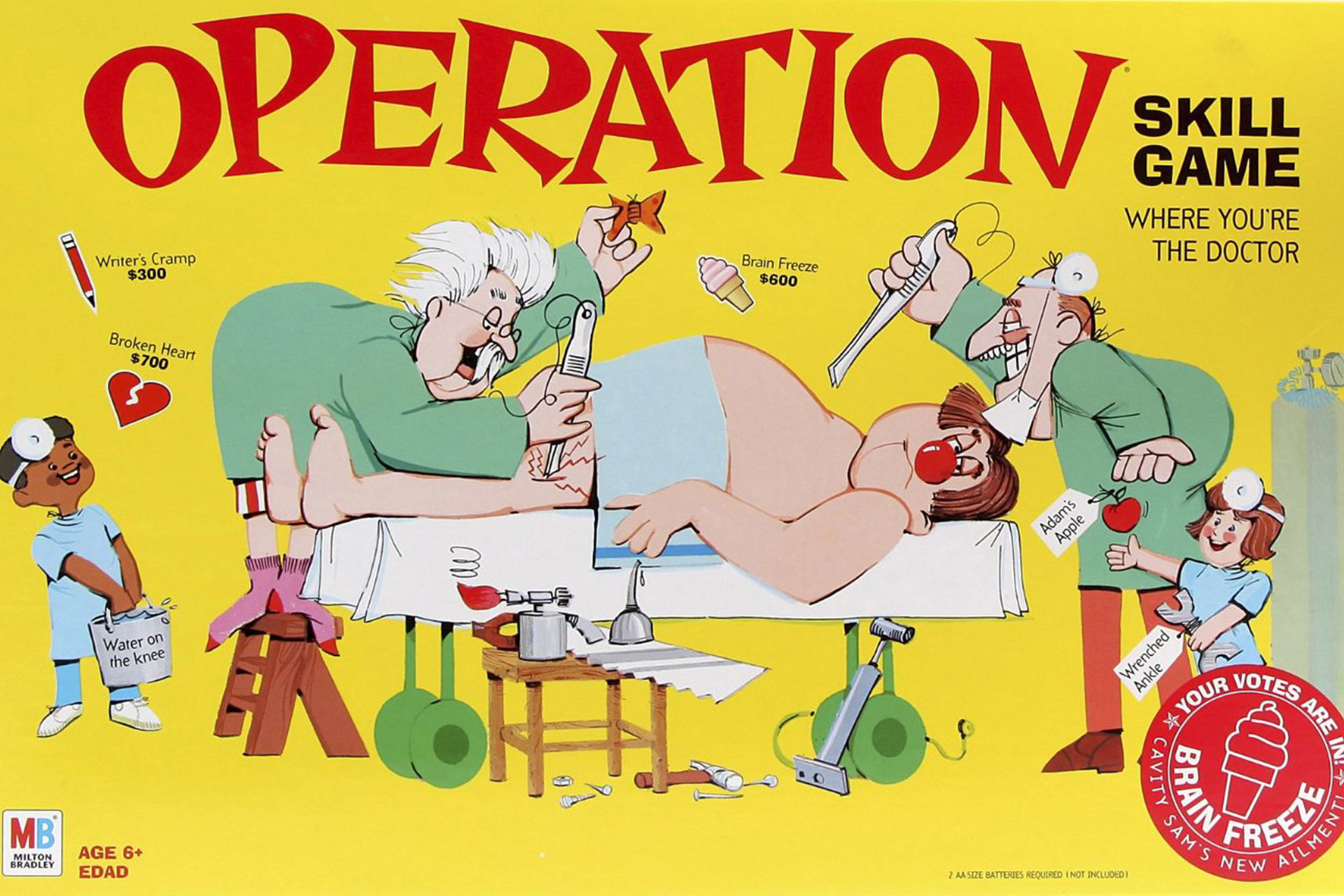50 Tweetable Takeaways from 2016: The UX Edition
5 min read
2016 was definitely one for the books: we said “Goodbye” to the headphone jack on our iPhones (RIP), “OK” to Google as they jumped on the Smart Speaker bandwagon, and “Wait…what?” to an unexpected new President of the United States. But it was more than just a year for events—it was also a year of realization, especially in the world of UX.
We’ve collected a list of our own epiphanies throughout the year, as well as other thoughts by some really smart people. Take a look, and tweet away!
Make empathy the driving force behind your design.
If people can’t use your product, they won’t. -Craig Morrison, Creator of Usability Hour.
At its root, UX can be equated to loving people. -Sarah Buzynski, Senior UX Designer at Visual Logic
Don’t take shortcuts. Bad UX is expensive.
UX specialists are in higher demand than ever.
‘Does it better’ will always beat ‘did it first.’ -Aaron Levie, CEO at Box
Don’t sacrifice usability for novelty.
Never have a team so big that it can’t be fed with 2 pizzas. -Jeff Bezos, CEO at Amazon.com
When customers get a product they want, they use it, love it and promote it.
Ask naive questions. People will want to tell you about things they are knowledgeable about.
The ideal team player shows humility, passion, and emotional intelligence. -Patrick Lencioni
UX in a nutshell: making things for people. Those people aren’t you.
Apple doesn’t have customers. Apple has fans. Ben Wulff, UX Content Writer at User Zoom
As an innovator, it’s okay to design a product or service that favors a certain age group.
Bad results or no results tell us just as much about a study as good results do.
Customers are the driving force behind business strategy. Why wouldn’t we listen to them?
We are living in the “Era of the Customer.”
Most millennials are motivated by a desire to use their skills for good—not by money.
If your internal jargon makes its way into your product, you may be needlessly confusing your users.
If the voting experience was simpler, voter turnout could be much higher.
Just because we’re used to the way a product works doesn’t mean we shouldn’t be questioning it.
If it hasn’t been tested or proven, it’s merely an opinion. -InVision
Without user research, your product’s user experience becomes an assumption.
The average American looks at their phone 46 times a day.
‘UX Designer’ is the 2nd best job for work-life balance. -MarketWatch





